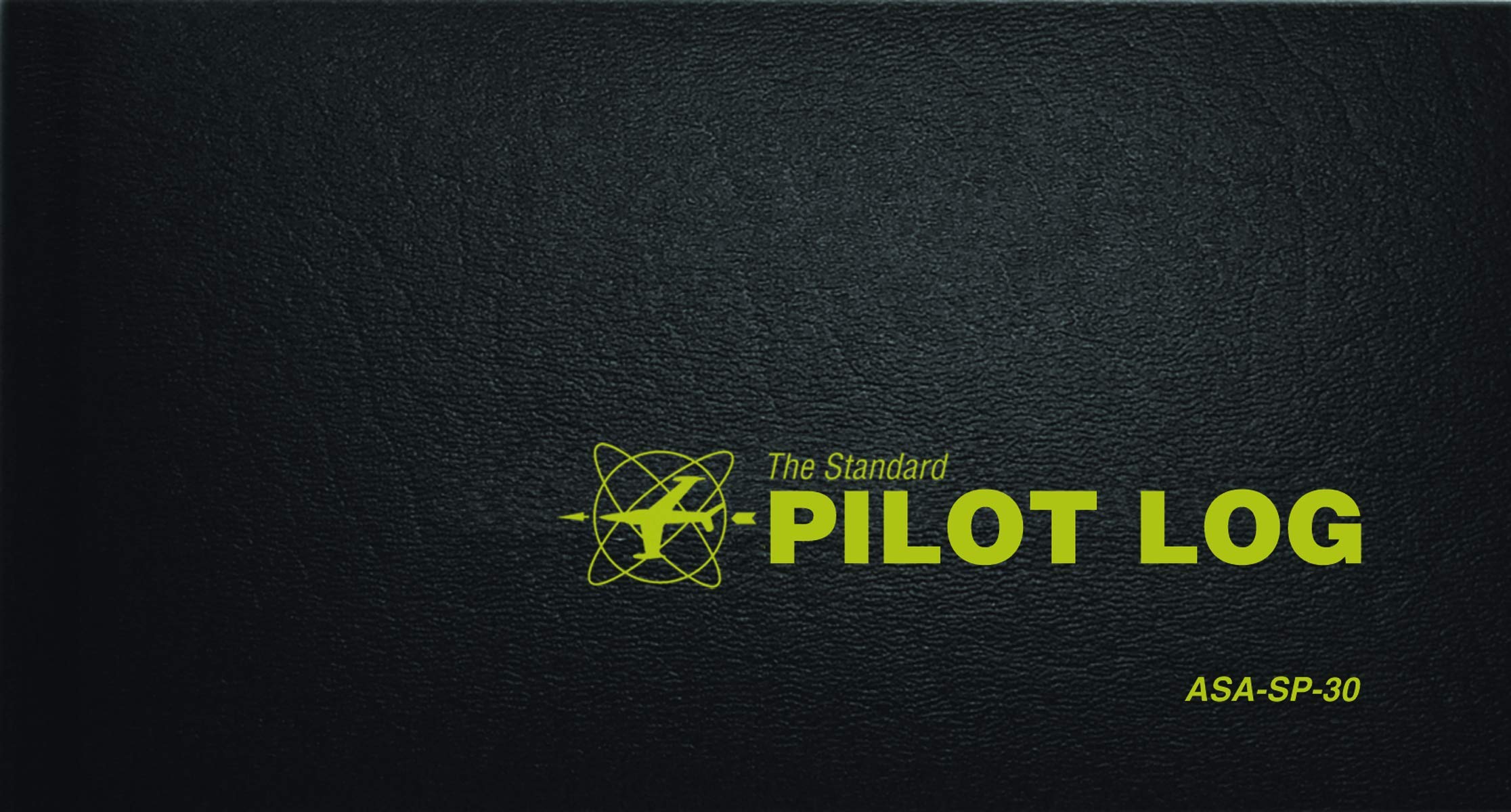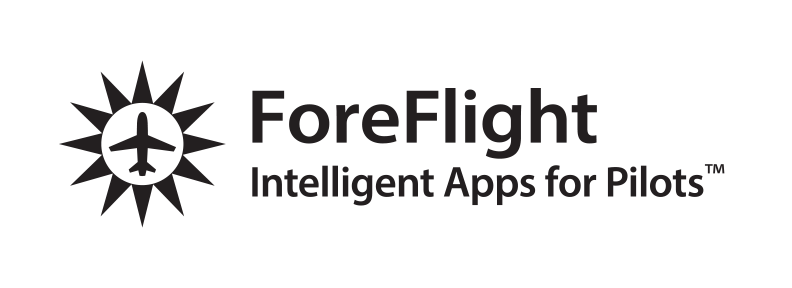How to Become a Pilot ✈️

Flying is the most rewarding skills you can acquire; it’s the perfect mix between knowledge and skill. You have to be able to make decisions quickly and think on your feet, in addition to being able to study complex systems, understand airspace and complex approaches. The U.S. has a phenomenal system for general aviation. As a private pilot you can basically fly anywhere, during the day, at night, through the weather (with an additional rating). You’d be surprised at how much freedom you have as a pilot. Here’s a photo of me flying over the Space Needle - not talking to anyone but perfectly legally:

So how do you become a pilot? There’s the official requirements from the FAA:
- 40 hours total flight time
- 20 hours with an instructor
- 10 hours solo, including
- 5 hours solo XC (greater than 50nm distance)
- 3 hours night
- 3 hours flight solely by reference to instruments
But what does this mean for you? how do you log hours? - how do you start this process? I’ve broken it down to the following 4 steps:
- Find a Flight School
- Get a FAA Medical
- Find a great flight instructor
- Commit to a regular cadence
- Sign-up for a Ground School
- Things you’ll need to buy
1. Find a Flight School
Search "[Your City] + flight school" on google. Call a few and ask them the following:
- How do you do your training?
- How long does a typical student take?
- How much does it cost?
- What’s the availability of instructors and airplanes like?
You’ll want to go to a school with a standardized syllabus and systems in place to get you through quickly. This might sound like “we have a syllabus that has 3 stages, first stage is pre-solo, second is pre-solo XC, third is pre-checkride. When you’re complete with each stage you’ll take a stage check with an experienced flight instructor, if you pass, they’ll sign you off for the next stage. We have a syllabus with detailed lesson plans you can review so you know what to expect in each flight.”
When asking about cost most flight schools will quote you the minimum. They’ll tell you how much it costs if you completed your rating in 40 hours with no additional hours. Note that the average is 75 hours and you may take even longer than this. Ask them instead what the typical number of hours to complete the checkride is and what the instructor rate and aircraft rate is + any additional monthly fees. Then do the math yourself. Here’s an example from my city Seattle of one of the local flight schools:
| Hours | Cost | |
|---|---|---|
| Airplane Rental | 75 | $140 |
| Instruction* | 65 | $65 |
| Miscellaneous | $200 | |
| Checkride Fee | $500 | |
| Total | $15,425 |
*Note: this will vary a lot by region. In the midwest you might pay $40 per hour for instruction and in the California, you’d pay closer to $100 per hour.
If this seems much higher than what your local flight school quotes, note that they probably only quote you 40 hours of aircraft rental and 30 hours of instruction which is all that’s required. I believe the national average is 75 hours.
When asking about availability ask to get added to their scheduling system. Good flight schools will often be busy during weekends and nights, however you want to make sure there’s enough room for you to get 2-3 two hour flights in a week without booking a month ahead. See if you can fly early in the morning or if you have flexible work, during the middle of the day. Here’s a screenshot of a flight school’s schedule. You can see that it might be tricky to line up a flight instructor (on the bottom) with an airplane (on the top) for two hours. If you book a few days in advance it’ll be much easier.

Your next step is to book what’s called a discovery flight. This is a 1 hr flight where you go up with an instructor and see if flying is for you. Often flight schools will discount this flight so take advantage of that if they offer it.
2. Get a FAA Medical
In order to be able to fly an airplane solo (aka no instructor) you’ll need a FAA Medical. I recommend getting this shortly after starting to fly. This way if you find out you have a medical condition that prevents you flying you can stop before spending too much money and time. This is an exam similar to an annual physical however it’s with an Aviation Medical Examiner (AME). They check your heart, vision (with glasses if you wear them), check your urine (for diabetes not drugs!) and your hearing.
Ask your flight school for a recommendation to a local AME and schedule an appointment. Importantly don’t treat this like a regular doctor’s appointment and share everything that ails you. Keep the FAA and AME on a need to know basis. If it doesn’t impair your ability to fly an airplane then it’s not a need to know. I’ve heard plenty of stories about folks who had seizures as children (and haven’t had any for decades) but who declared this on the medical history form and were denied a medical.
Typical cost is $120-$150 and your medical is valid for 5 years if you’re under 40, 2 if over.
Once you have a medical scheduled, create an account on FAA MedExpress and fill out the form. Remember my note on what to disclose above.
3. Find a great flight instructor and communicate

Ok so now you’ve found a flight school and you’ve signed up for an intro flight. They assign you a flight instructor and you go up and do your first flight.
At this point you might be extremely happy with the instruction or disappointed. Maybe your flight instructor’s style is domineering and doesn’t allow you to make mistakes, or maybe it’s too passive and you need more guidance. Remember everyone has different learning styles and some instructors you’ll click with and others you won’t. It’s important to pick an instructor early that you get along with since you’re going to spend a lot of time and money with them.
Be sure to communicate - my biggest pet peeve when learning was when the instructor took the controls away from me or corrected me from the other set of controls. I eventually found an instructor who let me do 99% of the flying and only intervened if there was something safety critical that I missed. This allowed me to make lots of mistakes and it’s how I learn.
4. Commit to a regular cadence
The biggest mistake students make is they schedule their lessons ad-hoc whenever they feel like it. Imagine you’re on a sports team and the coach says “for this season we have no regular practice schedule, we’ll just schedule practices ad-hoc when it’s convenient and the weather is good.”. You already know how poorly that would go for the sports team so why think it would go any better when you’re training to learn to fly.
Create a schedule you can commit to long term, I recommend flying twice a week. Let’s This might look like flying on a tuesday evening and then once on Saturday morning. You’ll make progress quickly this way. Try not to schedule any vacations or work trips that conflict with this schedule. Missing a few weeks will hurt your progress and should be avoided as much as possible. If the weather is bad show up anyways, you can do ground with the instructor (you’ll need to do some ground even though in the next section I don’t advise doing it all with your instructor) or you can learn to fly in adverse conditions. Your instructor might want to take the day off but push to meet and fly anyways, you’ll learn from their experience and you’ll have plenty of weather cancellations if you live somewhere like Seattle with bad weather in winter.
Here’s what a typical first couple of lessons looks like:
- Discovery Flight: 1.5 hr flight, .5 ground. Pre-flight, takeoff, attitude flying, turns, rudder work, traffic patterns, landings.
- Takeoff and Landings: 1.4 hr flight, .6 ground. Traffic pattern, 8 takeoff and landings.
- Manuevers: 1.6 hr flight, .4 ground. Takeoff, stalls, steep turns, ground reference manuevers, emergency procedures, landing.
As you can see if you fly twice a week and fly roughly 3 hours a week, it’ll take 14 weeks before you have the minimum number of hours required to take the exam. In practice with weather and personal delays, it’s often closer to 6-9 months.
5. Sign-up for a Ground School
Part of learning to fly is learning all the systems of the airplane, airspace and regulations. This can be taught by your flight instructor in a one on one setting but it would be a very ineffective and expensive way to learn. Instead I recommend you sign-up for an online ground school (like Sporty’s) that teaches you at your own pace. This will prepare you for the written exam (which you take prior to taking the flight exam).
Here’s a referral code to sign-up on Sportys: FLT10412
6. Things to buy
After you’ve taken your discovery flight and you’re committed to pursuing your license you’ll need to purchase a few things. If you want to save money, just get the headset and logbook and wait on getting the iPad and ForeFlight. You can always use paper charts and in fact you should learn how to do things the old fashion way first.

- Headset - I recommend first buying David Clark HC10.13s make sure to buy the stereo version. You could go out and buy a $1,000 Bose headset however you will likely need a passenger headset at a future point and the David Clark will make a great starter and then you can always upgrade later. I used the David Clarks as my headset for 3 years and only upgraded to the Lightspeed Zulu’s when I got my CFI. Pro-tip: buy yourself the Bose or Lightspeed once you get your license.

- Logbook I recommend starting with a physical logbook before moving to ForeFlight. This will help you understand how to log flights and what is required versus what’s extraneous.

- I recommend buying the iPad mini + cellular (newest version). This is all you need. You don’t need to activate the cellular subscription, but non-cellular versions don’t include an internal GPS which you’ll need for navigation.

- ForeFlight is the only app you need. It gives you aviation sectionals (maps), information on every airport and route planning tools all in one app. It’s expensive but totally worth every penny. Start out with the lowest level as a private pilot. Ask your instructor how to use all the features and use the logbook in it as well to backup your paper logbook.